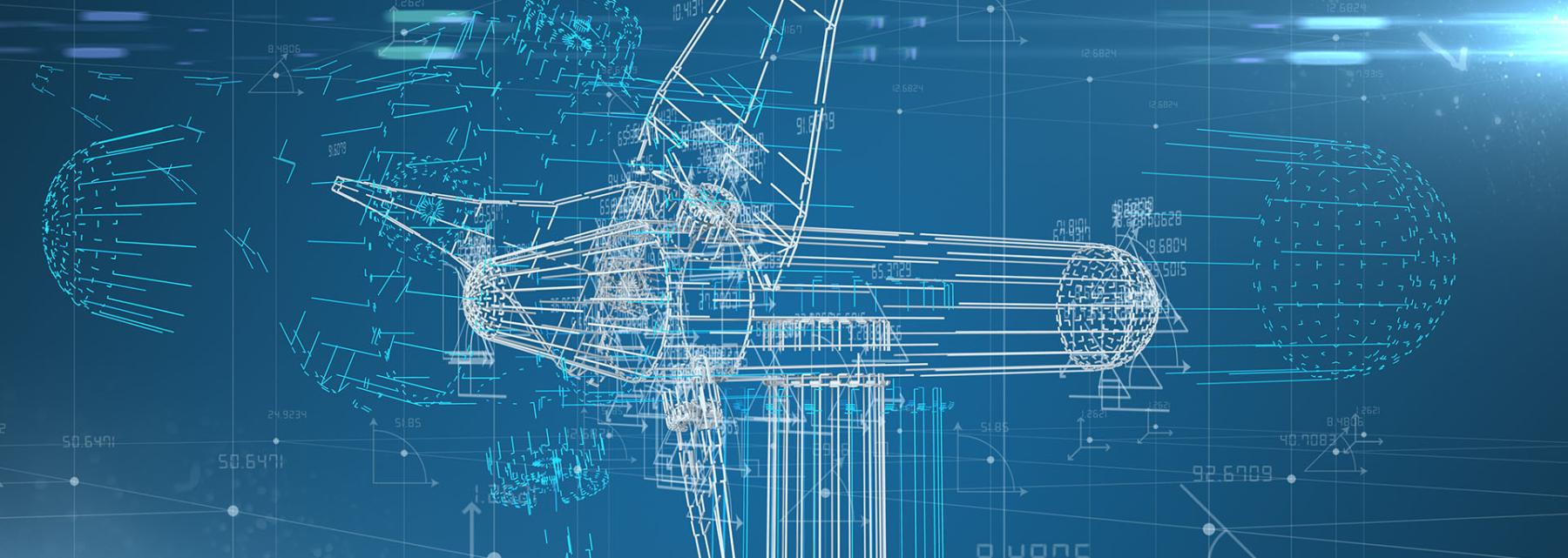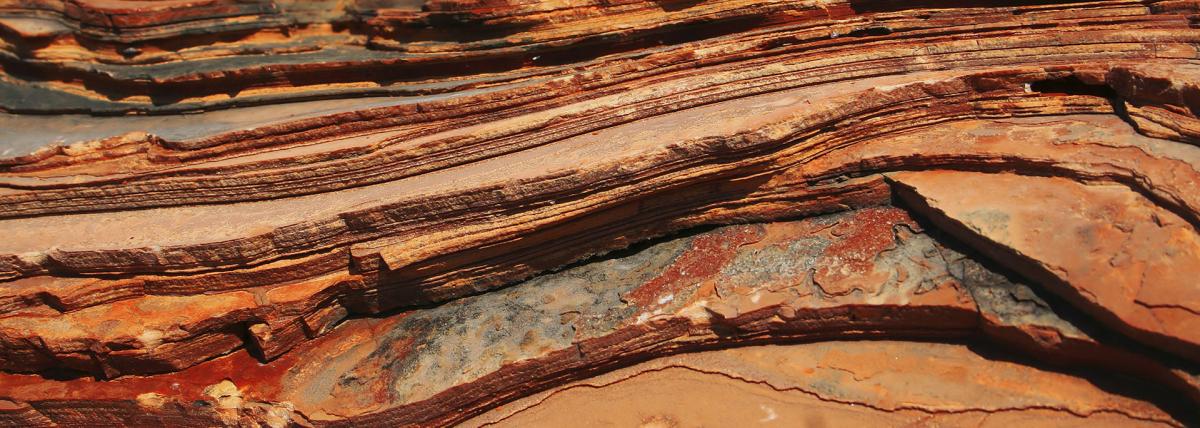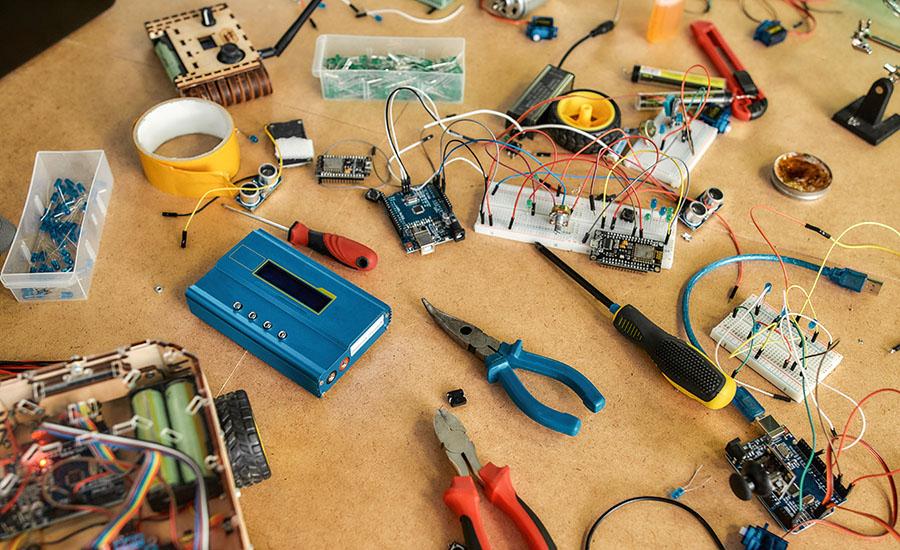
Simple Machine- Creating a Ferris Wheel: Part 1
by Amanda Roum
This is part 1 of a unit, other lessons are posted. In this lesson students will use prior knowledge of how wheels and axles work in order to create two symmetrical sides of a ferris wheel. This lesson will focus on angles and measurement to ensure that each part of their sides are symmetrical.
Lesson Plan Link/URL
https://docs.google.com/presentation/d/1nX0eWdFlWQbdH3O2YBR0a_gH-W3442iy/edit?u…Subject Area
Science Physical Science P3: Net Force P4: Energy Transfer Technology 6. Creative Communicator Engineering S2: Apply the Engineering Design Process S3: Apply Mathematics to Engineering S4: Apply Science to Engineering S6: Apply Communications to Engineering Mathematics Measurement and Data (MD) Geometry (G)Related Content

Grades:
Kindergarten, 1st Grade, 2nd Grade, 3rd Grade, 4th Grade, 5th Grade, 6th Grade, 7th Grade
Designed for three hour-long STEAM Club meetings for scholars from kindergarten - fourth grade. This lesson plan can also be used for fifth-seventh grade scholars. Scholars will learn about

Grades:
3rd Grade, 4th Grade, 5th Grade
This STEM activity is designed to explore force, motion, friction, and speed with a student-friendly and engaging activity. Students will plan and create a marble maze using simple materials. Material

Grades:
6th Grade, 7th Grade, 8th Grade
Students will design and create a working, themed pinball machine that follows specified constraints and utilizes Makerspace materials. As students design they will be studying social studies, math

